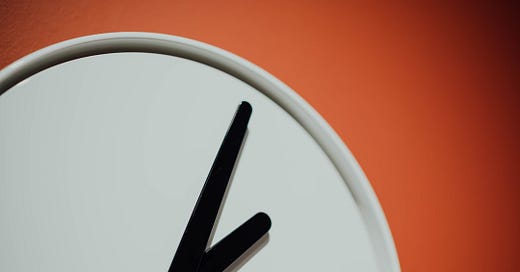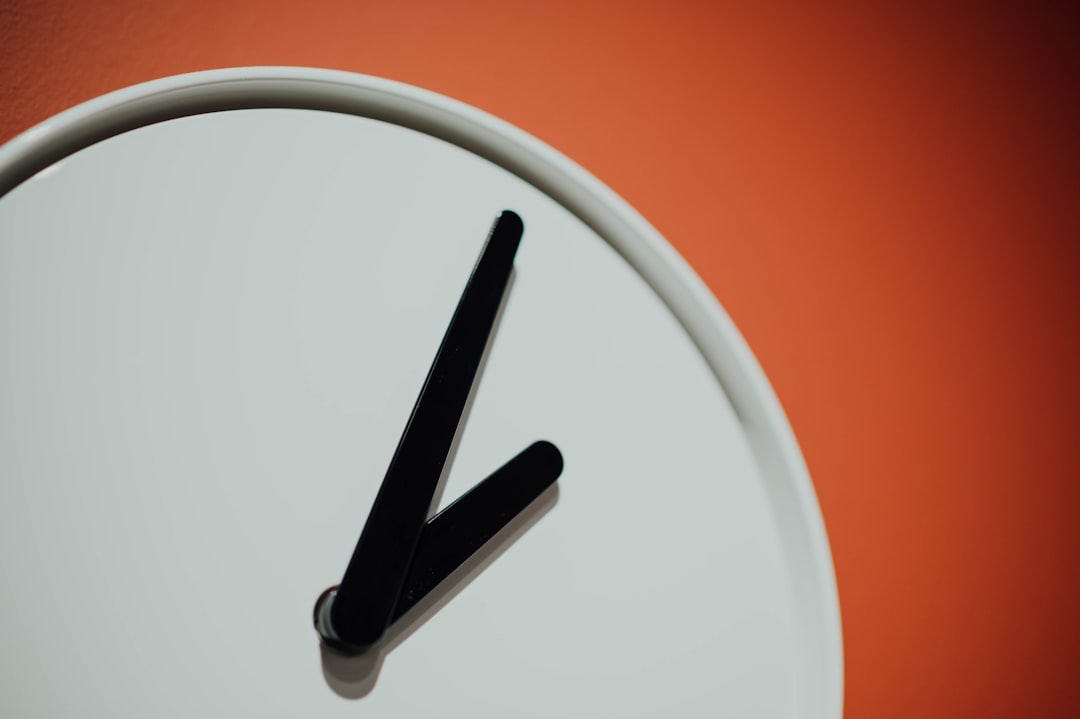From Hippocrates in 400 BC to American doctors in the 1800s, medical minds used to think that fasting was a cure-all for physical and mental diseases ranging from cancer to depression. Still today, some online health gurus allude to similar benefits.
Those guys were way too bullish. But we do know that fasting can be good for us.
Today we’ll dive into a few possible benefits of fasting, some myths around fasting, and why fasting might be worth trying. We’ll review a few different levels of fasting—beginner, intermediate, and advanced.
If you have any questions or comments after reading, please reply or DM me on Instagram or Twitter.
Fasting to Avoid Disease
Fasting seems to move a lot of health metrics in a good direction.
For example, a recent review in the journal Obesity looked at research on people who fasted for Ramadan. It found that their bad cholesterol and blood lipid levels went down while their good cholesterol went up. Other studies have found all sorts of improvements in health metrics like blood insulin, blood pressure, and more.
Just because a health metric like bad cholesterol or lipid levels goes up or down doesn’t guarantee you’ll avoid or get a disease, of course. But it does shift your odds. So, in theory, fasting can reduce your risk of some diseases.
The cancer claim is entirely theoretical. The idea hinges on autophagy. Autophagy is basically a cellular kill-off that occurs when we go without food for long enough.
It works like this: We fully metabolize our last meal after 12 to 16 hours, depending on how much we ate. Our body then releases testosterone, adrenaline, and cortisol: a symphony of hormones that signal it to burn stored tissues for energy. But we don’t burn our best tissues. “We get rid of a lot of dead and damaged cells,” Dr. Satchin Panda, a researcher at the Salk Institute told me.
These dead and damaged cells are thought to drive aging and disease. A study in Nature said that these cells “disrupt normal tissue function.” They cause inflammation, kill healthy cells, induce fibrosis, and inhibit the function of beneficial growth cells. These old cells “actively damage the tissues in which they reside and can be directly linked to features of natural aging,” said the scientists. They’re associated with cancer, Alzheimer’s, infections, increased inflammation, osteoarthritis, excessive blood sugar and lipid levels, and more.
The process of autophagy, the idea goes, may burn through some old cells that could become cancerous. I.e., it stops cancer before it starts.
The average person today eats across a 15-hour window. Most of us take in calories upon wakeup and right before we go to bed. This means our body never has an opportunity to dial up autophagy. We’re always burning through our last meal instead of old cells.
Fasting has lowered cancer rates in monkeys, probably by leveraging autophagy, Panda told me. But we don’t know for sure if it works in humans. Cancer is slow growing and typically doesn’t appear until after age 50. Studying the topic well, with one group fasting for most of their lives, is unfeasible.
I see it this way: Should you fast to avoid cancer? No. The theory is too vague right now. Rather, the possible anti-cancer effects are just a nice bonus if you enjoy fasting and find that it gives you other benefits.
Fasting for Focus
People often report that going without food allows them to do more work—and do it better. And not just because they’re spending less time preparing and eating meals.
This likely goes back to the release of chemicals that signals your body to burn fat for energy, which we mentioned above. Those same chemicals seem to boost focus and alertness.
This makes evolutionary sense. If our ancestors needed food, feeling tired and lazy while hungry would have made it harder to hunt and gather. Being focused and alert, on the other hand, would have helped them get food and survive.
“The ability to function at a high level, both physically and mentally, during our (ancestors’) extended periods without food may have been of fundamental importance in our evolutionary history,” wrote a team of scientists from Harvard and Johns Hopkins. This is likely why we often define the word “hunger” as not just discomfort from a lack of food, but also an ambitious drive.
Our ancestors needed this phenomenon to survive. Today we can leverage it to complete more and better work.
Fasting for Weight Loss
People disagree on which approach to fasting is “best,” but the research community does agree on one thing:
If you burn more calories than you eat, you will lose weight.
Fasting isn’t magic for weight loss. It’s just another way to reduce calories. A recent study in the American Journal of Clinical Nutrition found that fasting diets and regular diets work the equally if they reduce calories similarly. The upside of fasting is that it gives people clear rules that can lead them to eat less.
Remember from above that most people eat across a 15-hour window. By constraining the window of time when you eat, you often eat less. And that can result in weight loss.
For example, if you usually eat a bowl of cereal for breakfast and drink a beer before bed, limiting the time you eat from, say, 12pm to 7pm would cut a meal and a snack.
The catch is that you can’t overindulge during your eating window. I.e., if you eat significantly more each meal to compensate, you probably won’t lose weight.
One nice thing about fasting is that there are a lot of paths to the basket. Here are a few ranked by how challenging they are.
Novice
How to do it: Eat during an 8-hour window. For example, from 11am to 7pm.
Best for: People who want to fast but still have family dinner every night.
Tips: Aim for 16 hours without coffee or food. Many people do a decent lunch and a regular dinner on this plan, with minimal snacking between. If missing breakfast is tough, you can ease in by pushing breakfast 15 minutes later each day for a week until it’s within a couple of hours of lunchtime. Then drop breakfast completely.
Intermediate
How to do it: Two days a week, eat just 500 or 600 calories. Eat regularly the other five days.
Best for: People who want to eat normally most days (I.e., you want to fast, but not too often).
Tips: 500 to 600 calories isn’t much. You’ll be hungry. Many people report that it’s easiest to avoid snacking and eat one main meal later in the day, so they don’t go to bed feeling too hungry.
Expert
How to do it: Don’t eat for 24 hours one day every couple of weeks.
Best for: People who like a challenge.
Tips: This plan, although the hardest, is also the simplest. It requires the least amount of thought. You just don’t eat for a day. Easy. Drink water and stay busy. You’ll find that hunger builds and subsides. And researchers at Harvard report occasional 24-hour stints without food can help reduce our appetite during our normal eating hours. This decreases average levels of insulin, a hormone that often determines the body’s “set weight.” The researchers also say these longer fasts may better stimulate cleaning out our old cells.
//
Have fun, don’t die, skip a meal and learn from it.
Michael
Sponsored by GORUCK
When I decided to accept sponsorships for this newsletter, GORUCK was a natural fit. Not only is the company's story included in The Comfort Crisis, but I've been using GORUCK's gear since the brand was founded. Seriously. They've been around ~12 years and I still regularly use a pack of theirs that is 11 years old. Their gear is made in the USA by former Special Forces soldiers. They make my favorite rucking setup: A Rucker and Ruck Plate.





Would OMAD be considered a 24 hour fast? That one is kind of confusing.
I’ve always been curious if the body “knows” the difference between food and water when fasting. In every instance where I’ve seen fasting described (except maybe by those observing Ramadan), water is allowed. …but is it? Does drinking water cut short our ability to reach autophagy?
Also, if I’m interested in experimenting with fasting AND I often attend a 6am CrossFit class, should I really not eat before or after, so I can start my 8 hour eating-window at 11am (for example)?
Finally, if water is okay, what about water with 5g of creatine in it?
So many questions!